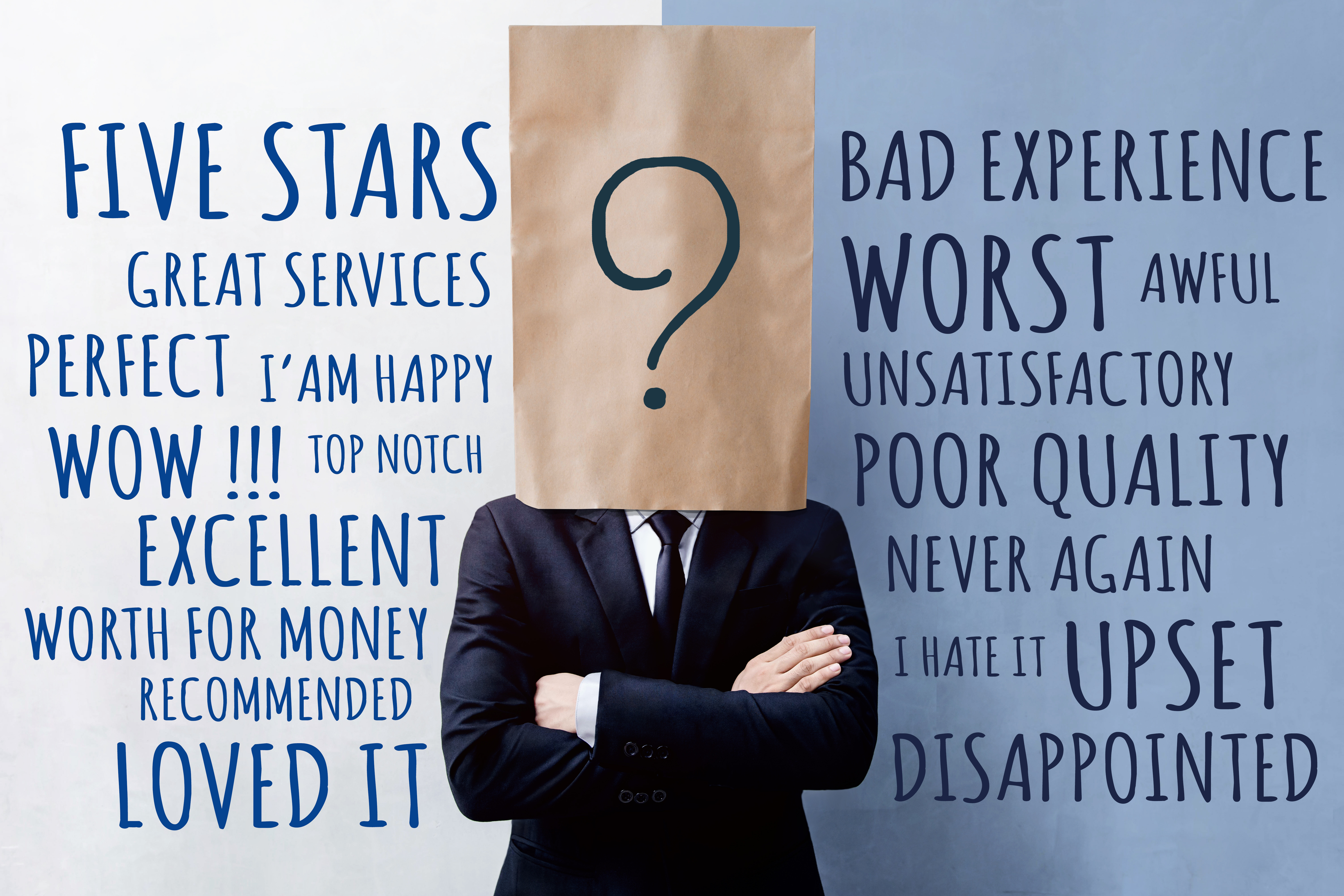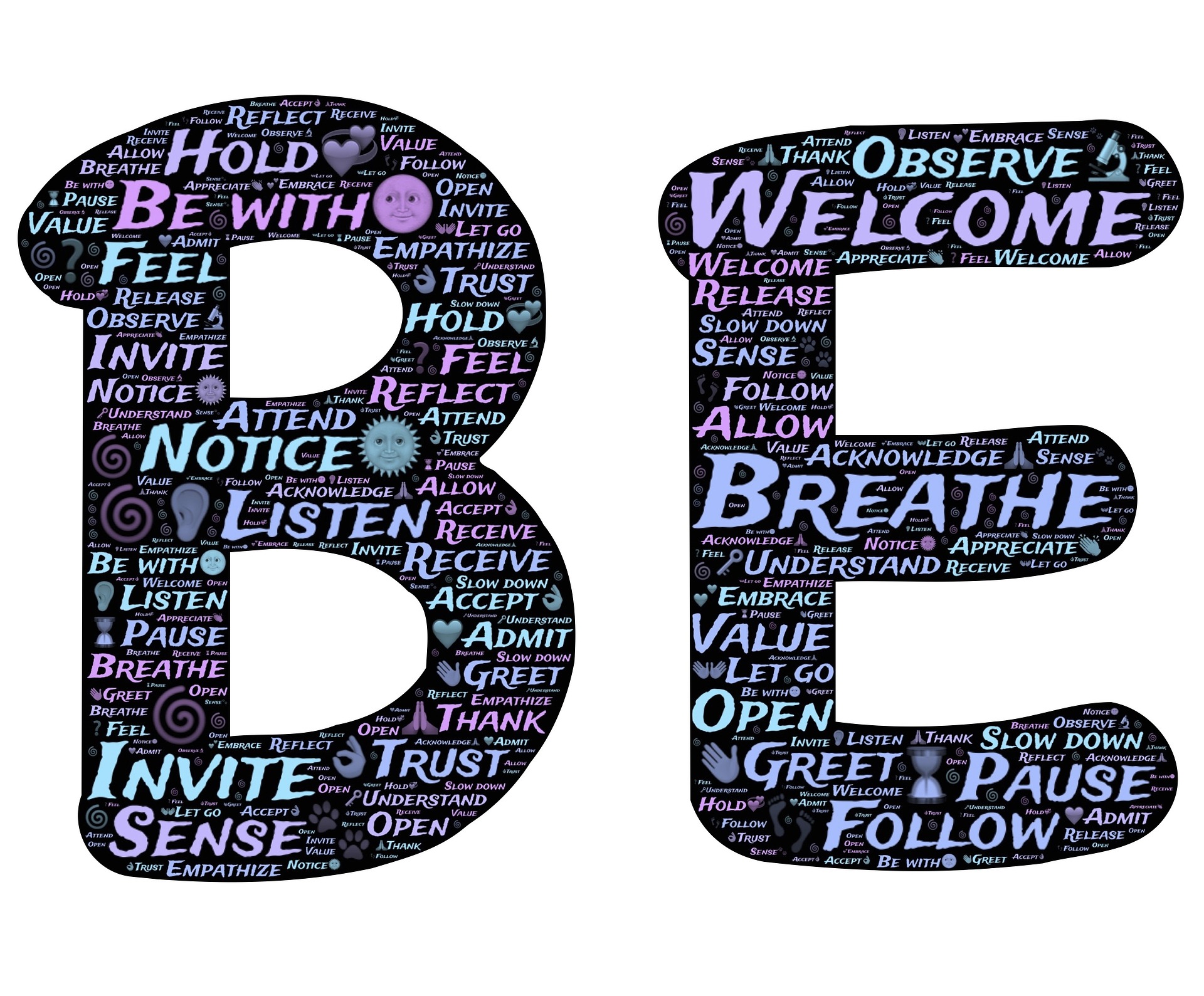
Reading time 3:56
WHAT MAKES OUR REPUTATION
I learned in childhood that reputation is important. As a result, we need to protect it. Every action, reaction or response goes into making up our reputation. Our honesty, integrity, reliability and expertise are also contributors. What we stand for and how we treat others on a daily basis are an integral part of our reputation. As we begin to practice optometry, we realize again how important our reputation is in building a practice and creating loyalty from our staff and patients.
Our words and actions have tremendous impact on every person we meet. And it influences all future encounters with that person. But, the consequences are more far reaching than with one individual. It can also affect all the other people who know and interact with that original person. In this day of social media, reputation can be harmed by bad reviews, disgruntled patients or former staff. What took us a lifetime to build, can be torn down so quickly.
WHEN OUR REPUTATION IS DAMAGED
I recently read a book written by Tina Seelig titled: What I Wish I Knew When I Was 20. In it she expressed the importance of our reputation and the problems inherent with trying to recover from damage to it. Her metaphor was so well done that I wanted to share it with you. She says,
“… every experience you have with someone else is like a drop of water falling into a pool. As your experiences with that person grows, the drops accumulate and the pool deepens. Positive interactions are clear drops of water and negative interactions are red drops of water. But they aren’t equal. That is, a number of clear drops can dilute one red drop, and that number differs for different people. Those who are forgiving only need a few positive experiences- clear drops- to dilute a bad experience, while those who are less forgiving need a lot more to wash away the red. Also, for most people the pool drains slowly. As a result, we tend to pay attention to the experiences that have happened most recently, as opposed to those that happened a long time ago.
This metaphor implies that if you have a large reserve of positive experiences with someone, then one red drop is hardly noticed. It’s like putting a drop of red ink into the ocean. But, if you don’t know a person well, one bad experience stains the pool bright red. You can wash away the negative interactions by flooding the pool with positive interactions until the red drops fade, but the deeper the red, the more work you have to do to cleanse the pool.”
What a great mental image that creates. It is such a perfect way to think about how our every interaction either contributes to or takes away from our reputation. It stresses how easily our reputation can be contaminated. But, it also gives us some hope that even with a setback to our reputation, we can recover, though it may take a lot of work.
WHAT WE CAN CONTROL
Despite our best efforts to offer great care and treat people with kindness, we must accept that we can’t always control how others will perceive what we do. No matter how hard we try and how much we want to control their appreciation for our efforts, the simple fact is -we can’t dictate their reactions. We can only control what we do every day and adopt an attitude of always doing our best. We must remember that every encounter is important.
And when a problem does arise, we must acknowledge the feedback and be grateful the individual made us aware of the problem- whether real or imagined. Reassure them that you will look into the issue and make changes, if possible or appropriate, to guarantee this doesn’t happen in the future. Fighting back, being defensive, sarcastic, or insulting are not going to change the situation. In fact, those responses will only make it worse. Ignoring the situation is likewise unproductive.
WHAT WE CAN DO
We need to be aware of the experiences our patients have in our office. Our staff must also realize what an important role they each play in creating that experience. Staff behavior, attitude and interactions influence the reputation of the practice.
Honesty and integrity must be at the heart of all interactions with people. When you are saying or doing something to “make an impression” it will often fail to create the desired result. People pick up on insincerity and false or forced responses. You have encountered people like this. I am sure we all have. We recognize that they are saying what is expected of them or what they think we want to hear. But, their actions and responses contradict what they are saying. We know when someone is not authentic. We don’t trust these people.
So the best advice anyone can give you is to be yourself. Be consistent, fair and honest in all your dealings with both staff and patients. But, remember this also extends to people you encounter in your daily life- your hairdresser, the server in a restaurant, the store clerk, someone in your church, the plumber you called in for help. They can all influence your reputation in the community. If you treat people well and are appreciative of their work and efforts, then you leave a positive impression. However, if you are rude, demanding, unappreciative or entitled, the impression you’ll give is not one you desire. You’ll never know when you may encounter that person again. In addition, you never know who else that individual may influence. A negative impression from one individual may affect potential patients in the future.
THE GOLDEN RULE
Treating other people as you want to be treated is good advice for anyone. It enriches your life in so many ways. This principle is called the Golden Rule for good reason. It has withstood the test of time and is found in almost every ethical tradition and religion. Adopt the Golden Rule in all your dealings with people, whether it is family, friends, patients, staff or just acquaintances. Treating others with kindness and being fair and honest becomes your default position. You don’t have to think about it anymore. It doesn’t guarantee that you might not have problems, but it does lessen the likelihood. It will serve you and your practice well. Hopefully, that combined with good care, will serve to protect and enhance your reputation.
How do you handle difficult situations in your practice? What do you do if a patient approaches you in person? Or in print? How do you train your staff to handle awkward situations they encounter or to calm down an angry patient? Are there set procedures in your office? In the comments below, please share your ideas of what has worked for your practice.





